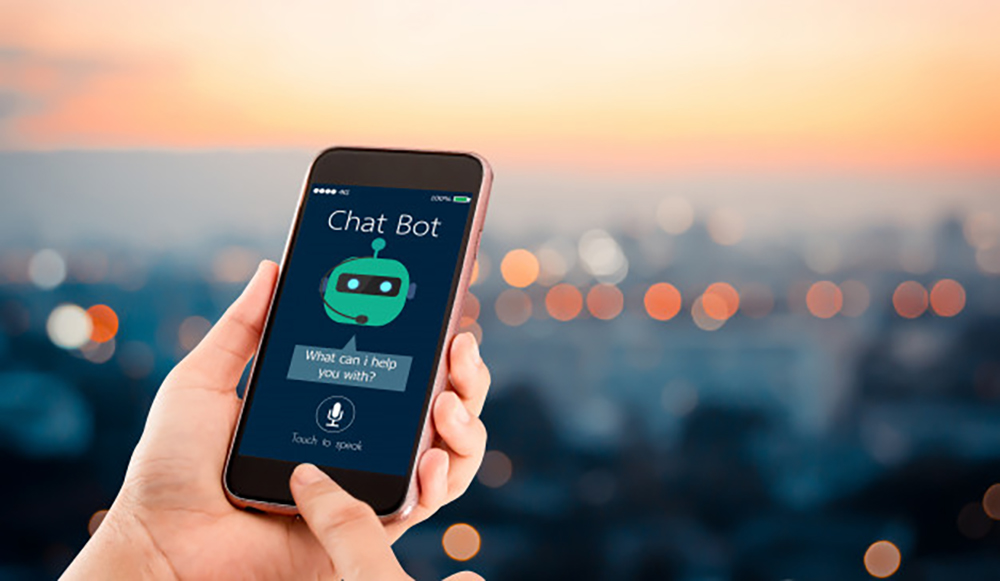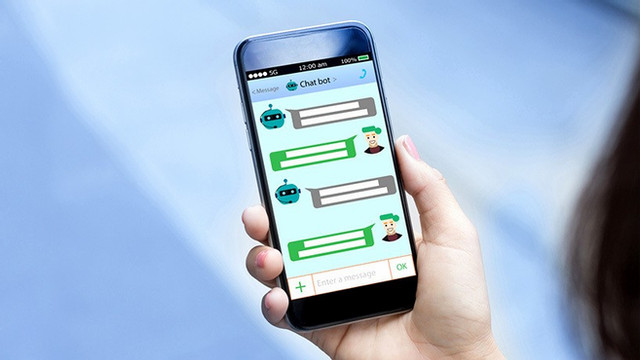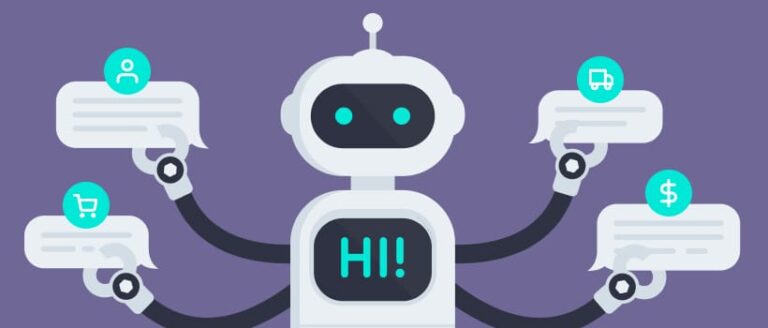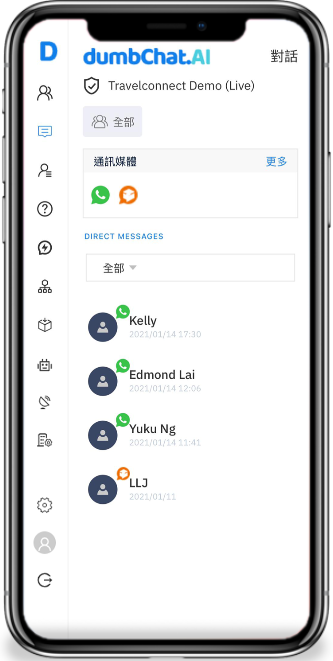
目錄
In recent years, AI development has been rapid. AlphaGo’s 3:0 victory over world champion Ke Jie and being awarded a professional Go ninth dan title by the Chinese Go Association highlighted AI’s prowess. Additionally, AI-generated artwork has seen significant advancements, allowing for the creation of high-quality pieces simply by inputting keywords.
Furthermore, conversational AI, particularly chatbots, has also seen rapid progress in recent years. These advanced chatbots are now being applied across various domains. The most sophisticated chatbots, like ChatBot, have achieved remarkable performance in natural language conversations, closely resembling interactions with real humans. In business, chatbots are being utilized for customer interactions. While most chatbots may not yet match the capabilities of human customer service representatives, they can handle many situations effectively.
dumbChat.AI is a system that connects and integrates your social media and instant messaging accounts such as WhatsApp, FB messenger etc.. The intelligent robot can quickly respond to customer needs, automatically process orders and speed up transactions. Click here for pricing details.

The Principles of How Chatbots Work
In general, the principles of chatbots can be categorized into two types:
Keyword-based chatbots: These bots operate by extracting keywords from user input and then searching for corresponding responses in a database or predefined set of responses. Most chatbots available on the market fall into this category. Responses from these bots can be relatively simple, and they may struggle with understanding nuanced or complex queries.
Natural Language Processing (NLP) chatbots: These bots leverage advanced techniques such as natural language understanding and data analysis to comprehend human language and provide responses. Unlike keyword-based chatbots, NLP chatbots can understand context, intent, and nuances in language, allowing for more sophisticated interactions. They are capable of providing responses tailored to specific queries and are closer to emulating human-like conversation.
Types of Chatbots
Chatbots can be classified into six categories based on different criteria:
| Type | Definition | Advantage | Application Scenario | |
| By Application Purpose | Goal-driven | Fixed topic, serve specific scenarios | High quality responses, natural expression | Fixed topics |
| Non-Goal-driven | Open-ended topics, no specific application goals | Broad coverage, lightweight operation | Open topics | |
| By Content Generation Technique | Retrieval-based | Retrieves responses from a database based on keywords | High-quality responses, natural expression | Specific domains |
| Generative-based | Generates responses through continuous analysis and learning | Broad coverage, lightweight operation | Leisure Chat | |
| By Interaction Mode | Single-turn interaction | Question and answer format, no logical dependencies between each set of question and answer | Lightweight operation | Directed queries |
| Multi-turn interaction | Multiple responses within one conversation, with logical dependencies | Strong logic | Complex queries |
Chatbots have been widely deployed across various industries, especially in instant messaging platforms, where almost all of them incorporate chatbot functionalities.
According to data, 67% of consumers globally have used chatbots in customer service-related scenarios. The biggest advantage of chatbots over human customer service is their ability to serve customers 24/7 and engage with them in real-time.

Process-Oriented Chatbots
This is the most common type of chatbot, easily found on the internet. This type of chatbot often uses “closed” questions, meaning it uses simple questions that prompt users to choose between yes or no, or select options A/B/C.
These questions are straightforward, require minimal computation, and result in lower hardware costs. As long as the designer understands common customer queries, they can input answers into a database beforehand.
For common questions, their corresponding answers can be stored in the database. Whenever a customer triggers the corresponding process, the chatbot automatically provides the answer. However, when faced with more complex questions, human customer service is required. This is the most commonly used model for the majority of businesses.

This type of chatbot may appear monotonous, but it is relatively easy to design and adjust, and it can quickly solve most user problems. However, this simplicity can also lead to uninteresting conversations and instances where the responses do not directly address the user’s query.
Intent-based chatbots:
This is a more complex type of chatbot that utilizes Natural Language Understanding (NLU) technology. These chatbots determine the content of their responses by analyzing the “intents” and “keywords” in the conversation. It requires the chatbot to continuously learn and improve its ability to discern user intentions and provide the best answers.
This process involves significant time and testing to enable the chatbot to continuously learn, making it appear smarter and more realistic. Designing such chatbots is challenging and time-consuming, with higher time and monetary costs. However, chatbots designed in this way tend to resemble a “real person” more closely.
How Can Chatbots Increase Product Sales?
- Enhancing Customer Experience:Correct utilization of chatbots can indeed boost product sales for businesses. In today’s fast-paced world, customers increasingly lack patience, and human customer service may not always provide immediate responses, leading to potential customer churn. Chatbots, on the other hand, not only reduce a company’s labor costs but also offer immediate responses when customers need them, thereby enhancing customer experience and ultimately increasing revenue.
- Guiding Customers to Make Bookings:When using chatbots, common queries can be set within the chatbot’s conversational options, allowing seamless interaction with customers. By guiding customers step by step through the booking process, the likelihood of potential customers making purchases can be increased. Additionally, this approach can reduce the number of queries that need to be handled by human customer service, further boosting product sales.
- Targeted Marketing for Different Customer Segments:Some advanced chatbots like dumbChat.AI can analyze customer browsing patterns to determine their preferences. Leveraging this data, chatbots can tailor marketing efforts to suit different customer preferences, providing personalized recommendations and effectively increasing user retention rates and product conversion rates.

Currently, most businesses on the market combine process-based chatbots with human customer service. For common questions, businesses can directly use process-based chatbots. When faced with complex issues, human customer service can step in to resolve them. This approach not only reduces the workload of human customer service but also effectively handles the majority of customer inquiries.
dumbChat ChatBot
dumbChat‘s chatbot is equipped with a self-learning artificial intelligence system. Simply inputting the shopping website allows the AI system to automatically gather all product information, including product queries, inventory, delivery times, and more. Combined with AI’s natural language processing technology, it operates 24/7 to serve customers, facilitating transactions and improving conversion rates.

The application of chatbots is widespread, with the retail industry being the most prominent. According to statistics from the data website Statista, chatbots are most widely accepted by consumers in online retail sales, accounting for approximately 34%. Following that, the healthcare and telecommunications sectors stand at 27% and 25%, respectively. Financial banking and financial advice both sit at 20%. The lowest adoption rate is seen in the government sector, at only 10%.
Learn more about WhatsApp marketing techniques >>
Last Updated on 2024-02-18





